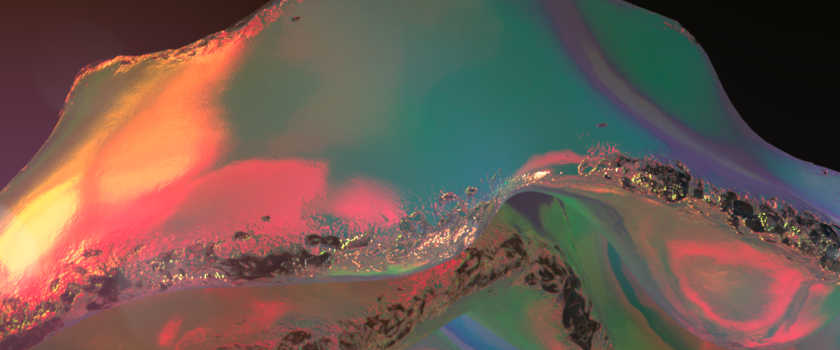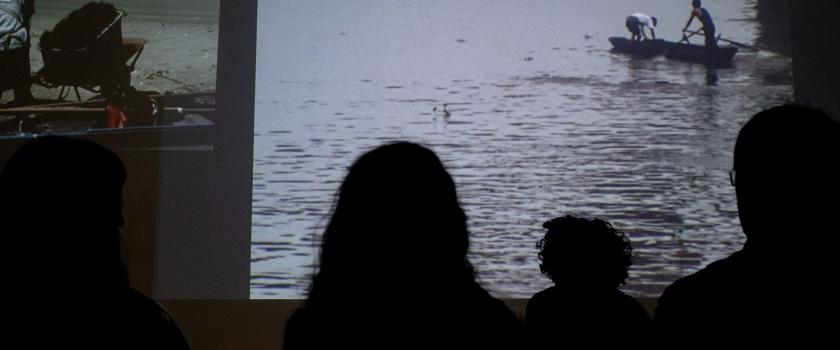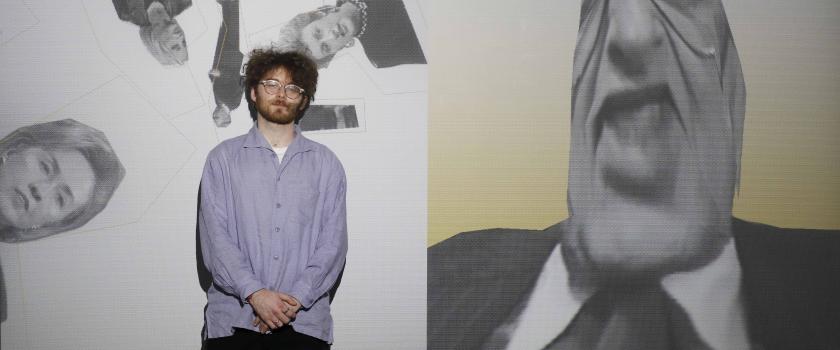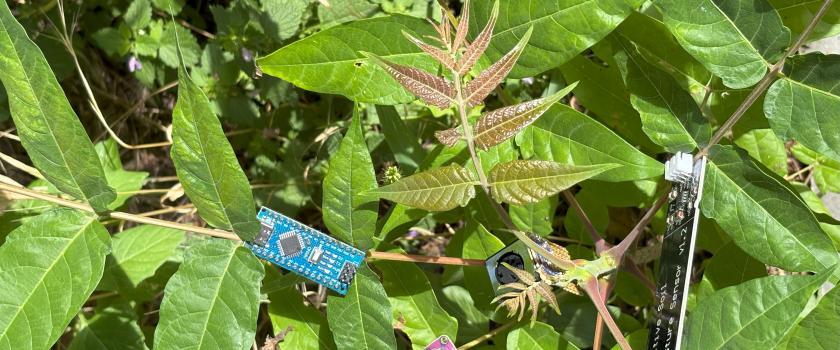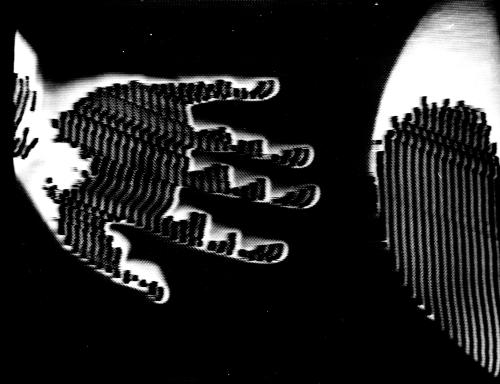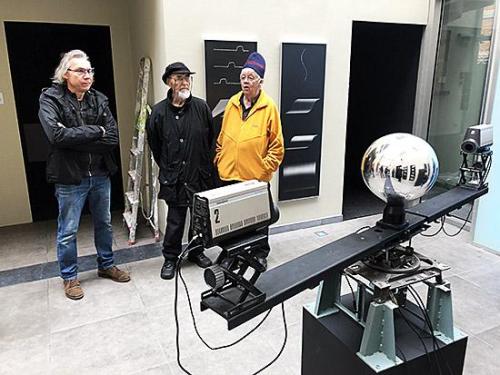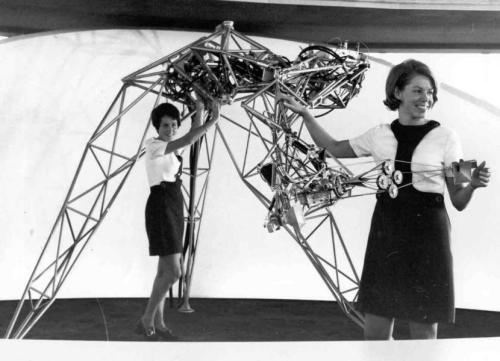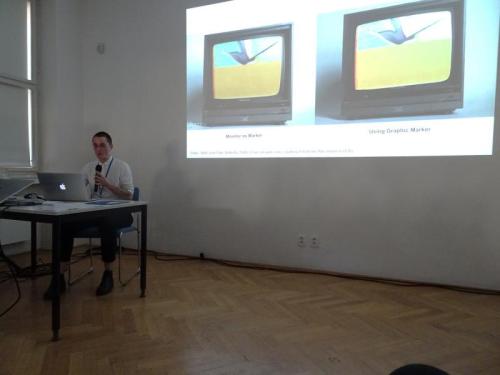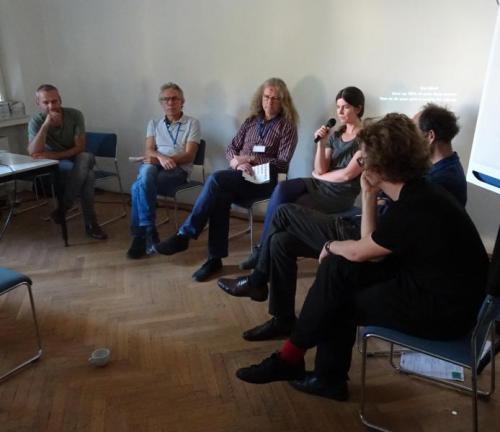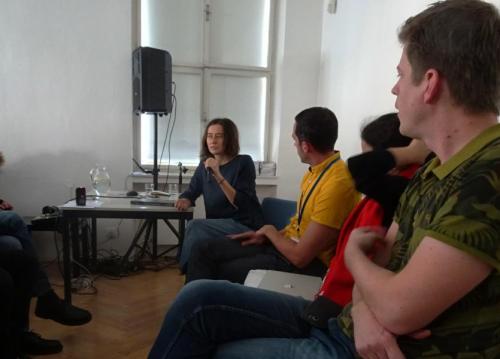Artworks from the Digital Era in Galleries and Museums
International Colloquium The Brno House of Arts, October 22 - 23, 2019
A mere fifteen years ago, it seemed that electronic and new media would barely become accepted by established, institutional collections of modern and contemporary art. Around the year 2000, private collectors and state galleries still seldom, and often with suspicion, paid attention to electronic art works. Artists working in electronic media, and university-level art institutions looked upon electronic media departments with skepticism. But nowadays, new media, electronic, and digital art comprises a seminal part of most respected collections.
This colloquium was initiated as a collaboration between Vašulka Kitchen Brno, a recently opened space and initiative for new media art, The Brno House of Arts, and The National Film Archive (NFA) in Prague. The organizers hope to create an opportunity for sharing knowledge and models of working practices concerning both artist-led and institutional strategies for presenting, collecting and distributing electronic, digital or software-based art. What current strategies are available to secure a place for digital art among the current models of displaying, preserving and distributing audiovisual arts?
Since the closing of the 20th century, the (art) world has changed substantially, and new media are no longer a tactic, a strategy, or a statement, but rather one of the most popular means for commenting on the condition of 21st-century humanity. Artifacts which include an element of the electronic moving image, digital code, the static technical image or sound are no longer limited to projects focusing on new media, but have become an organic component of a large number of exhibitions. Even art works which are presented within the context of the internet or computer games appear in the acquisition-oriented endeavors of galleries and museums all around the world.
Media art is, however, very dependent on technologies which are quickly becoming outdated and are hard to acquire. Many media works are thus losing their potential for being exhibited within a very short span of time, or will eventually become lost forever. We are thus threatened with the prospect that we will lose a large part of our heritage of post-industrial digital culture, since a systematic, widely accepted and satisfactory methodology for their preservation and documentation is, even in this day and age, still non-existent.
In 2018, the New Media Center – Vašulka Kitchen Brno opened under the auspices of the Brno House of Arts. In collaboration with the Vašulkas, as well as with a number of international institutions, it has confronted the need for collecting and archiving electronic artworks.
- What is the current situation in the field of state-owned and private art collections, both Czech and abroad?
- What is the situation at universities which have expertise in creating and archiving video art, interactive audiovisual installations, net art, sound art and other art forms which are considered ‘new media’?
The colloquium entitled Digital-Era Art Works in Galleries and Museums introduced and discuss current knowledge, methods and practices of managing collections in galleries and museums, mainly across Central Europe.
Organizers: Vašulka Kitchen Brno and the Brno House of Arts
Conception: Miloš Vojtěchovský, Matěj Strnad
Organization and production: Miloš Vojtěchovský, Marika Svobodová, Jennifer de Felice, Markéta Mazalová, Monika Szűcsová
Cooperation: Theory of Interactive Media department, Masaryk University, Brno, Department of Theory and History of Art, Academy of Arts, Architecture and Design in Prague (VŠUP), NFA - National Film Archive, Prague, Faculty of Fine Art, Technical University Brno
You can find the detailed programme and some recorded lectures below the text.
TUESDAY 22.10.
Jennifer De Felice / Miloš Vojtěchovský - Intro & welcome
On the first day of the colloquium, two lecturers presented and discussed two examples of new media initiatives in their current situations and histories, with an outline of other related initiatives in this area: the C³ - Center for Culture and Communication of Central Europe (Hungary) and LIMA from Western Europe (Netherlands). Both institutions are part of a broader network consisting of many European initiatives and institutions focusing on promoting, collecting, preserving and mediating digital art or moving images, and can serve as a good model of a small-scale platform with extensive, long-term experience of managing and preserving collections and databases of audiovisual art, both on the national and international levels.
- Gaby Wijers - LIMA as a platform for media art, new technology and digital culture
- Miklós Peternák - Consecutio temporum beyond Grammar: The Past, Present and Future of C³
- Flóra Barkóczi - Artworks and Documents in the Context of New Technologies at Artpool Art Research Center (Budapest)
- František Zachoval - Moving Image and Collections of the Gallery of Modern Art in Hradec Králové
- Sasha Arden - The Potential of Augmented Reality (AR) in the Virtual Performance of Time-Based Media Art
- Jana Horáková - Towards an Augmented Media Art Historiography
- Martina Pachmanová - Matrilineal Digitization?
- Lukáš Pilka - How Does the Machines Perceive Art? - Digital Art History and Machine Vision
STŘEDA 23.10
On the second day, the program will focus on current discussions of mostly practical, although partly theoretical, issues related to the application and development of digital tools as databases of art collection, and/or on different strategies of sharing in order to offer public access to a body of cultural heritage.
Archiving and sharing was one of the main subjects of Woody and Steina Vasulkas' approach since the beginning of their engagement with electronic image and tools. In this respect, what is the media landscape today like after 50 years of new media history?
- Dušan Barok - New Approaches in the Conservation of Contemporary Art
- Flaminia Fortunato / Joey Heinen - There is no “I” in iOS: Cross-institutional collaboration in preserving iOS media
- Anna Olszewska (AGH Univerzita věd a technologie, Krakow) - Re:Senster Poject. There is a Script-to-Design Path that Leads Through the Media Art Restoration Maze
- Tomáš Lahoda - Ethereal Body
- Lenka Dolanová - The Obsession for Archive - W+S Vasulka
- Frédéric Curien (Paris) - The processing of the Vasulkas archive. Between Conservation and Activation
- Kryštof Pešek a Matěj Strnad - Etcetera media library and the Limits of Motion
- Carolin Pommert (Berlin) - Between Creation and Preservation. The position of a gallery in saving multimedia art for the future
- Michal Klodner - Social Federated Sustainable Curating
- Miloš Vojtěchovský - Colorum Naturae Varietas - a Collection of Colors and Scents
- Tereza Škvárová - The Impact of Digitalization on Art Museums and on their Visitors
